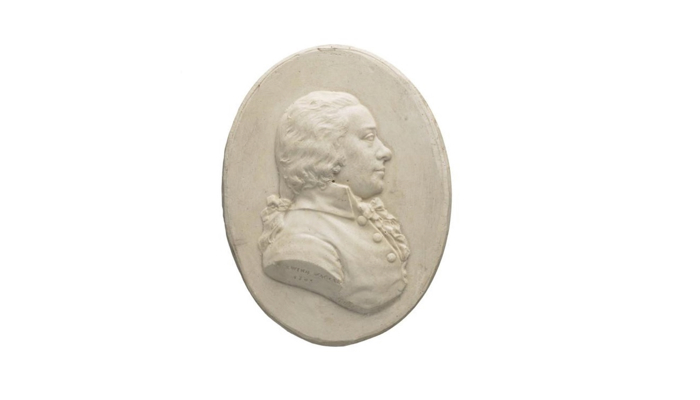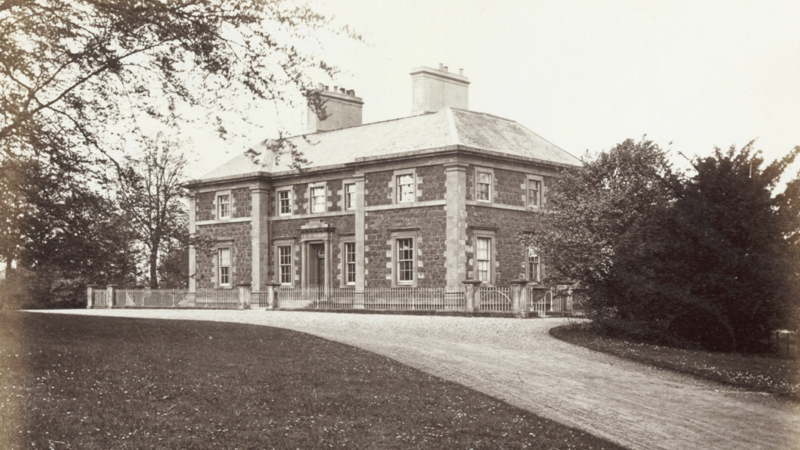
Cathkin House and Slavery

Cathkin House, 1870
From 'The old country houses of the old Glasgow gentry' 1878
2nd July 2019
In 1870, James Maclehose published a volume of photographs entitled Old Country Houses of the Old Glasgow Gentry. The photographs were taken by Thomas Annan (1829 – 1887), and the text, by John Guthrie Smith and John Oswald Mitchell, catalogued the stories of the families who lived in them. Tom Devine has commented that “they were essentially uncritical hagiographies, silent on the slavery roots of much of the city’s economic eminence and the role of the merchant adventurers whose profits, derived in large measure from the slave-based transatlantic economies, had caused Glasgow to flourish.”
One of the houses photographed and profiled was Cathkin House, near Rutherglen, designed by architect and landscape gardener, James Ramsay (d.1820). At the time of publication in 1870, this house was the property of Alexander Crum Maclae. He was the nephew of Humphrey Ewing Maclae, and Jane Maclae Crum, children of Walter Ewing Maclae (1745 – 1814) for whom Cathkin House was built in 1799.
During his lifetime, Walter Ewing Maclae made a fortune in the West India Trade. In addition, his son, James Ewing of Strathleven (1775 – 1853), was a dominant figure in the Glasgow Merchants House and the Town Council. By the 1790s, the family had extensive sugar interests in Jamaica. They owned various plantations in Jamaica, as well as at least 449 slaves. According to claim details from 1836, Walter’s son Humphrey owned slaves on at least three plantations: Dallas Castle in Port Royal (161 enslaved); Southfields in St Ann (195 enslaved); and Lillyfield in St Ann (93 enslaved).
The census of Scotland in 1851 records that Cathkin House was inhabited by Humphrey Ewing Maclae (1770 – 1860), the laird of Cathkin, his wife Jane (1774 – 1874), and their servants. Humphrey Ewing Maclae died in 1860 at the age of 90. Jane Ewing Maclae passed away in 1874 at the age of 101.
Interestingly, in light of the slave-ownership within the family, Humphrey’s maternal cousin was Reverend Dr Ralph Wardlaw (1779 – 1853), who was one of Scotland’s leading anti-slavery campaigners.
There are other houses photographed in The Old Country Houses of the old Glasgow Gentry with direct links to slavery. These include Gilmorehill House, whose owner, Alexander Bogle, owned 286 enslaved people and Orbiston House, owned by West India merchant Gilbert Douglas, whose widow Cecelia donated her art collection to Glasgow Museums. There are likely to be many more, and a reassessment of the volume for links to enslaved people is long overdue.
Anyone may access the Mitchell Library’s copy of this volume. Catalogue details are here.
To find out more about the subsequent owners of Cathkin house, you can read this blog from the Glasgow Family History website.
Clare Thompson
Librarian, The Mitchell Library


